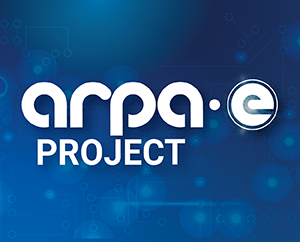Biological Ammonia Production

Technology Description:
Rice University will develop a first of its kind biocatalyst to synthesize ammonia from small–scale isolated methane sources. The microorganisms will be engineered to maximize simultaneous diazotrophic and methanotrophic capabilities. Diazotrophs are organisms that can fix nitrogen gas in the air into a biologically usable form, such as ammonia. Methanotrophs are organisms that metabolize and use methane as an energy and carbon source. Rice University’s technology will combine these capabilities, and develop a one-step ammonia synthesis that will operate at low temperature and pressure. These process characteristics will significantly reduce the technical complexities relative to HB synthesis and in turn enable small-scale deployment. Methane can be harvested from natural gas production sites, landfills, and biogas facilities. Bioreforming of this methane will produce CO2 and energy. The diazotrophic nature of the microorganisms will use the nitrogen, combined with energy derived from methane, to produce ammonia. Methane and air will be the only sources of energy, carbon and nitrogen, respectively. If successful, this highly mobile, low-cost ammonia synthesis process will turn previously wasted methane resources into a valuable product, while also significantly reducing U.S. GHG emissions.
Contact
ARPA-E Program Director:
Dr. Marc von Keitz
Project Contact:
Prof. Ramon Gonzalez
Press and General Inquiries Email:
ARPA-E-Comms@hq.doe.gov
Project Contact Email:
Ramon.Gonzalez@rice.edu
Related Projects
Release Date:
